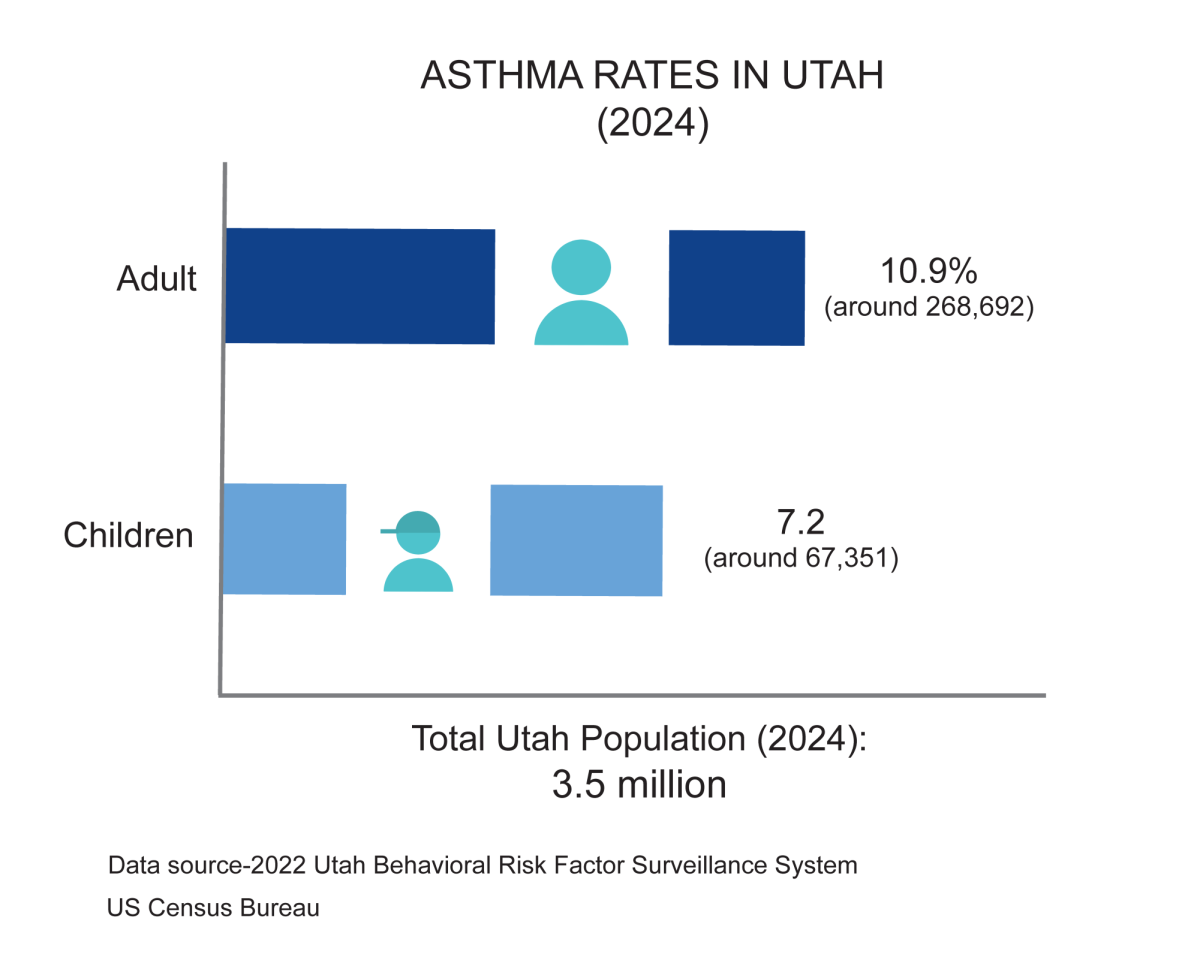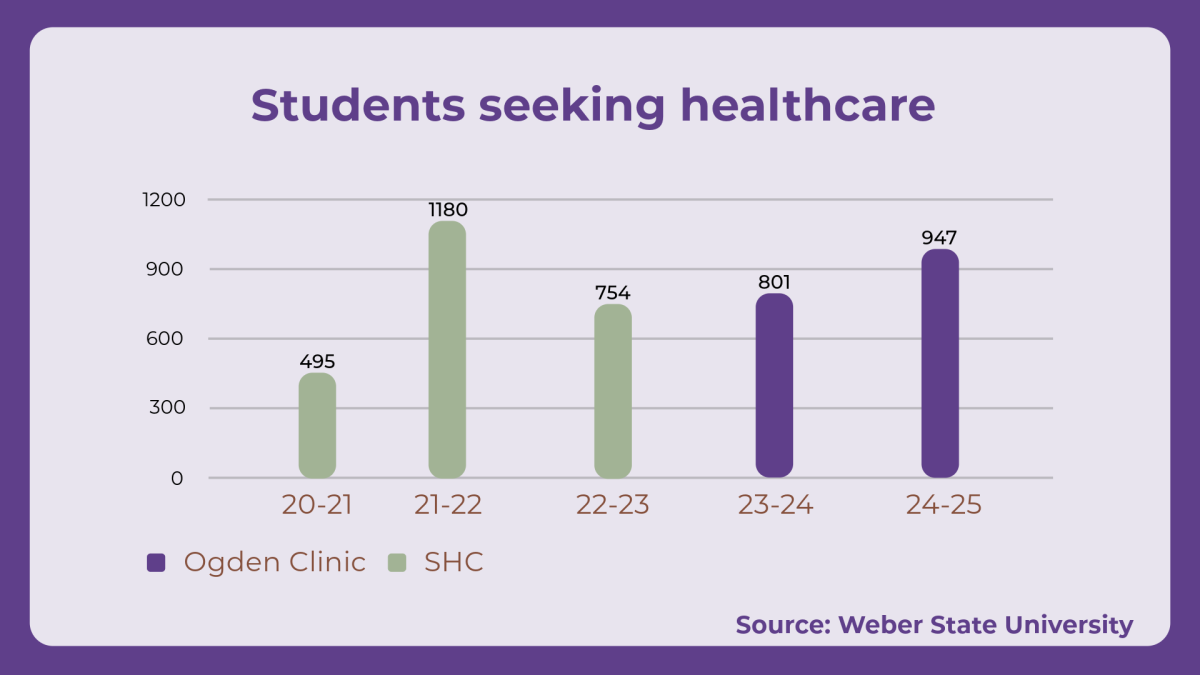It’s been discussed across the nation, both in praise and criticism. The Affordable Care Act, commonly known as Obamacare, has been making headlines since President Barack Obama first signed it in 2010. With all the hype surrounding the topic, learning exactly what the act entails can be overwhelming.
Of 100 Weber State University students asked about the ACA, 88 percent didn’t know what it was, or what effect it might have on them.
“I’ve never really gave much attention to Obamacare, so I really don’t know what it is,” said Aubryn Richardson, a WSU senior.
Starting Oct. 1, open enrollment for the new online Health Insurance Marketplace under the ACA will begin, with coverage starting as soon as Jan. 1, 2014 for most Americans.
Some students, like WSU junior Chelsea Anglebuer, have a vague idea of the act entails.
“I don’t know the specifics of what Obamacare does, but I am under the impression that it alters the requirements and availability of health care across a broader range of social classes than the previous requirements have covered,” Anglebuer said.
Of students polled, 83 percent already have health insurance through their employer or spouse/parent, and 17 percent are currently uninsured. Those who are currently insured will not be affected, and will have more health care options available to them and their families.
According to the U.S. Department of Health and Human Services website, under the current law (effective Jan. 1, 2014), most Americans who can afford basic health insurance will be required to obtain coverage or may be charged a fee. The cost of the fee will increase every year from 1 percent of a person’s income in 2014 to 2.5 percent of the person’s income in 2016. Fees will be paid on the 2014 federal income tax form in 2015.
Individuals who cannot afford basic coverage will be eligible for an exception; details will be available Oct. 1. The new feature is designed to increase access to affordable health care and promote individual responsibility.
Beginning in 2014, health insurance companies will no longer be able to discriminate by charging more or denying coverage for those with pre-existing conditions. If insurance companies raise their rates by 10 percent or more, they will be required under federal law to publicly justify the actions in order to help deter unreasonable premium increases.
As of Jan. 1, 2015, the ACA will require employers with more than 50 full-time employees to offer health insurance coverage that meets the ACA minimum standards or make an Employer Shared Responsibility Payment.
Heidi Franh, a WSU junior, has noticed changes in her workplace already.
“Where I work, people have had their hours cut, because if they go over 30 hours a week, our employer will have to give us benefits,” Franh said. “They’re limiting the number of full-time people and increasing the number of part-time people. So half the people I work with have two jobs.”
On March 23, 2010, changes went into effect which allowed most young adults under the age of 26 to remain on their parents’ insurance even if they are married and not financially dependent on their parents. Health and Human Services reported that, thanks to the new provision, 26,000 young adults in Utah will be eligible for health coverage through their parents’ providers.
More information on the ACA is available at www.healthcare.gov. The online ACA Marketplace will open Oct. 1, and open enrollment will run through March 31, 2014.



















